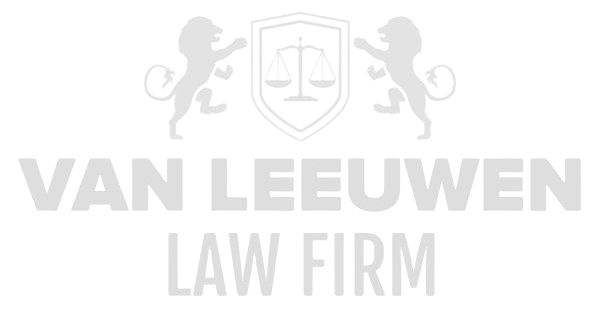A financial crime risk response plan is a structured and comprehensive strategy developed by organizations to address and mitigate the potential risks associated with financial crimes. This plan outlines the actions and measures that an organization will take to prevent, detect, respond to, and recover from various financial crimes such…
Read moreFinancial crime risk investigation involves the systematic process of examining and gathering evidence related to suspected financial crimes within an organization or financial system. The goal is to uncover and substantiate allegations of financial misconduct, such as fraud, money laundering, bribery, embezzlement, and other illicit activities. A thorough and effective…
Read moreFinancial crime risk detection involves the process of identifying and uncovering potential instances of financial crimes within an organization, institution, or financial system. The goal is to proactively identify suspicious activities, patterns, or behaviors that could indicate the presence of financial crimes such as money laundering, fraud, corruption, and other…
Read moreFinancial crime risk prevention involves the implementation of strategies, measures, and controls to mitigate the likelihood of financial crimes occurring within an organization, institution, or financial system. It aims to safeguard against illegal activities that could lead to financial loss, reputational damage, and legal consequences. Effective financial crime risk prevention…
Read moreFinancial crime risk refers to the potential threat or vulnerability that an individual, organization, or financial institution faces regarding illegal activities that involve monetary transactions, deception, fraud, or manipulation of financial systems for illicit gains. Financial crime risk encompasses a wide range of unlawful activities aimed at generating profits or…
Read more
